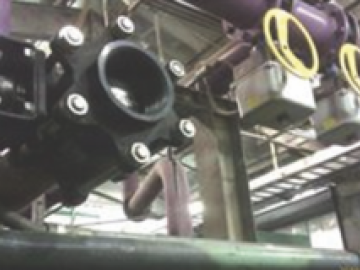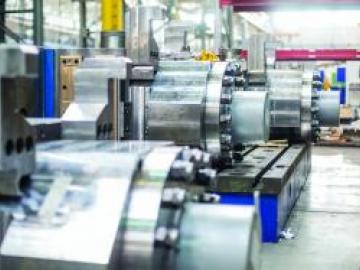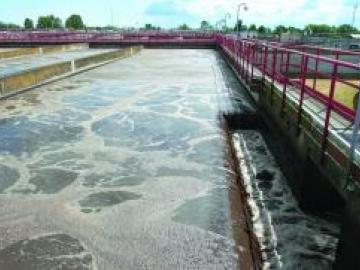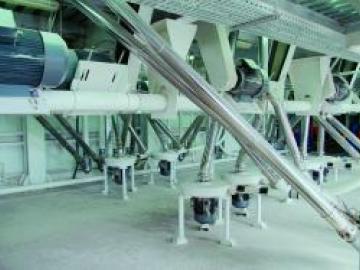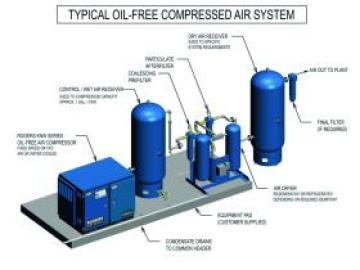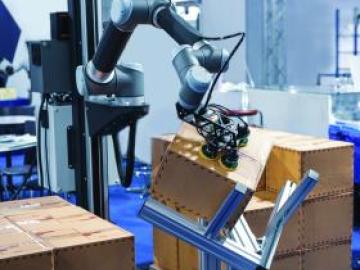Process Air Solutions Blows Away Safety and Quality Issues at a Cannery
Many manufacturing processes are like offensive linemen. When everything is running smoothly, nobody tends to notice. But, when an application starts creating a hazardous work environment (think too many blindsided sacks), or the products start spoiling (think shutout or a losing season), you best believe someone will start paying attention.
